I have this problem after I compiled my code with Xcode 7 GM.
According to Apple this is a bug, but it still seems to be an issue. Everything works fine, but is it possible to get rid of these errors?
: CGContextSaveGState: invalid context 0x0. If you want to see the backtrace, please set CG_CONTEXT_SHOW_BACKTRACE environmental variable.
: CGContextTranslateCTM: invalid context 0x0. If you want to see the backtrace, please set CG_CONTEXT_SHOW_BACKTRACE environmental variable.
: CGContextRestoreGState: invalid context 0x0. If you want to see the backtrace, please set CG_CONTEXT_SHOW_BACKTRACE environmental variable.
Someone in other forums said something about status bar, but I don't have any success to eliminate the message. This is not a huge issue, but it's a useless "error". I'm using Interface Builder.
Updated: I used Objective-C if you use Swift, maybe this is the question you're looking for
